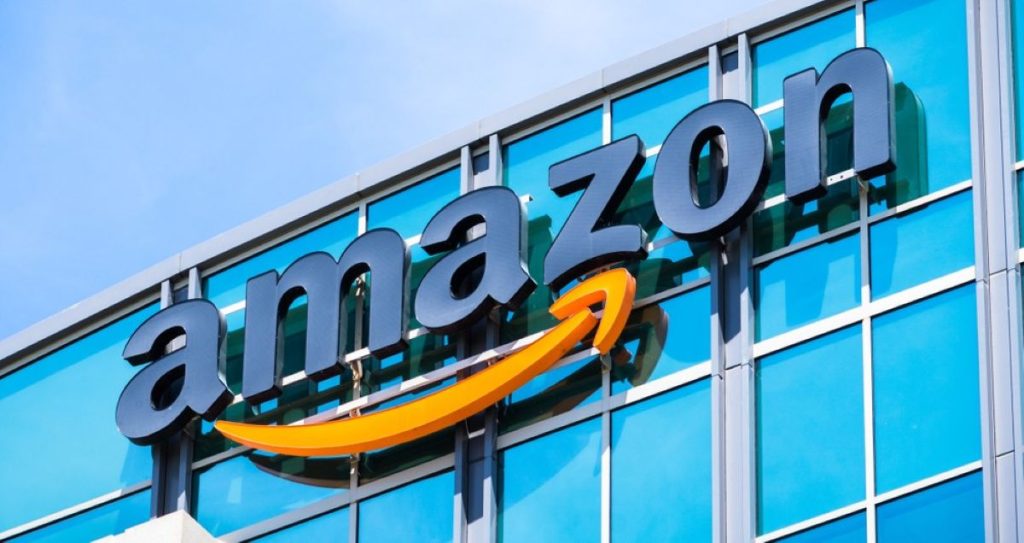The retail giant is urging all users: do not click any links in suspicious messages.
Others are reading now
The retail giant is urging all users: do not click any links in suspicious messages.
Amazon Prime Day Kicks Off
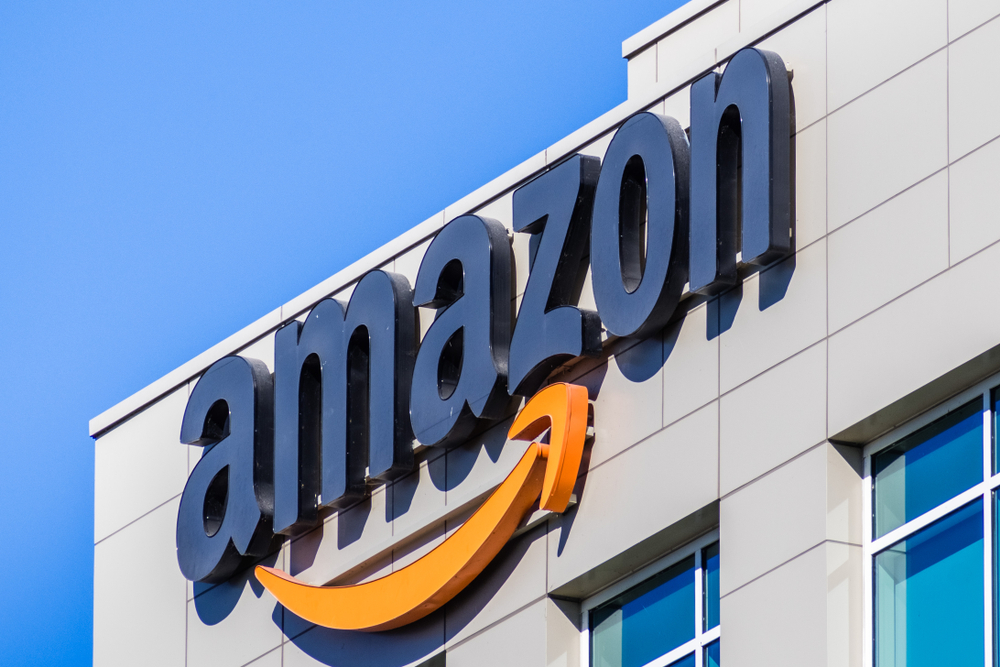
Amazon’s huge Prime Day event launched July 8, bringing major deals on everything from beauty to tech.
But as shoppers rush to fill their carts, cyber crooks are ramping up their attacks. Amazon has issued an urgent warning about a wave of dangerous scams targeting Prime members.
Scam Emails Are Surging
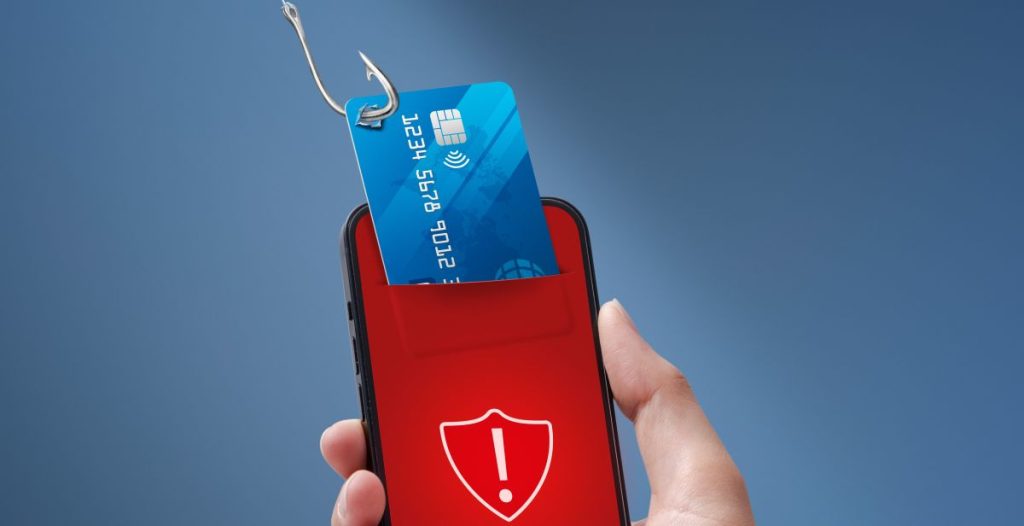
Amazon says it’s seen a sharp spike in fake emails claiming Prime accounts need renewing.
Also read
These emails often push users to click links, posing as alerts about price hikes or expired memberships. But clicking could cost you.
“Don’t Click Anything”

The retail giant is urging all users: do not click any links in suspicious messages.
These scams lead to lookalike websites designed to steal your Amazon login and banking details. If in doubt, go directly to Amazon’s official site or app.
What To Do If You Get a Dodgy Email
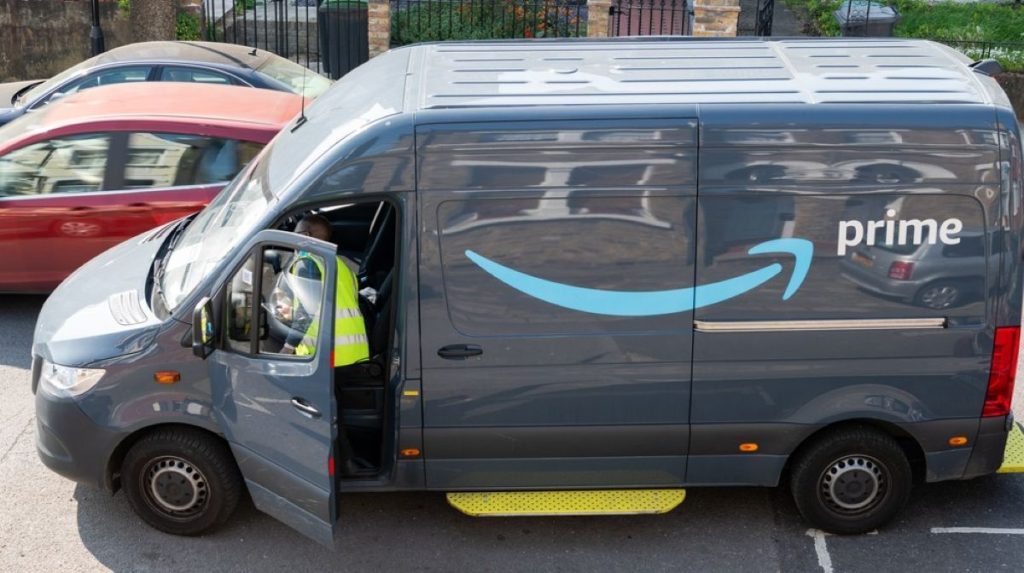
If you receive one of these emails, Amazon says to ignore the link and instead check your Prime membership by logging into your account directly.
The “Your Prime” section will tell you everything you need to know, no email link required.
Already Clicked? Act Fast
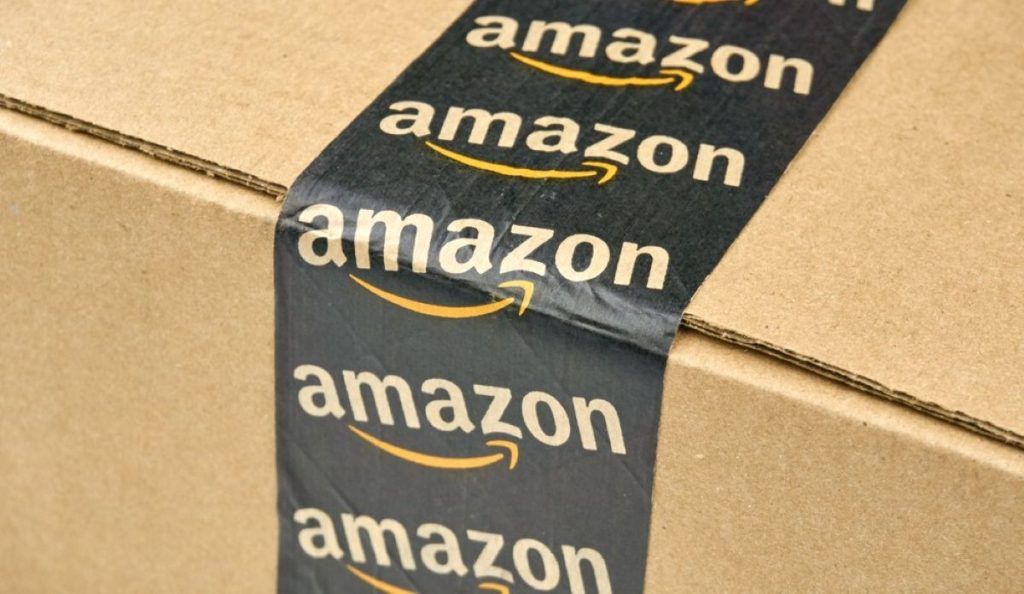
Think you may have clicked something suspicious? Amazon advises checking your bank statements immediately for unfamiliar charges.
If you spot anything unusual, contact your bank and Amazon support right away to protect your account and finances.
Know the Red Flags

One common trick? An email claiming your Prime price is going up — with a tempting “Cancel” button right in the message.
That button is the trap. Clicking it could hand your private info to hackers in seconds.
Check Amazon’s Message Centre for the Real Deal

Not sure if a message is legit? Every real communication from Amazon also appears in your account’s Message Centre.
Simply go to “Your Account,” scroll to messages, and cross-check what’s in your inbox. If it’s not there — it’s likely a scam.
Use the App or Type It In
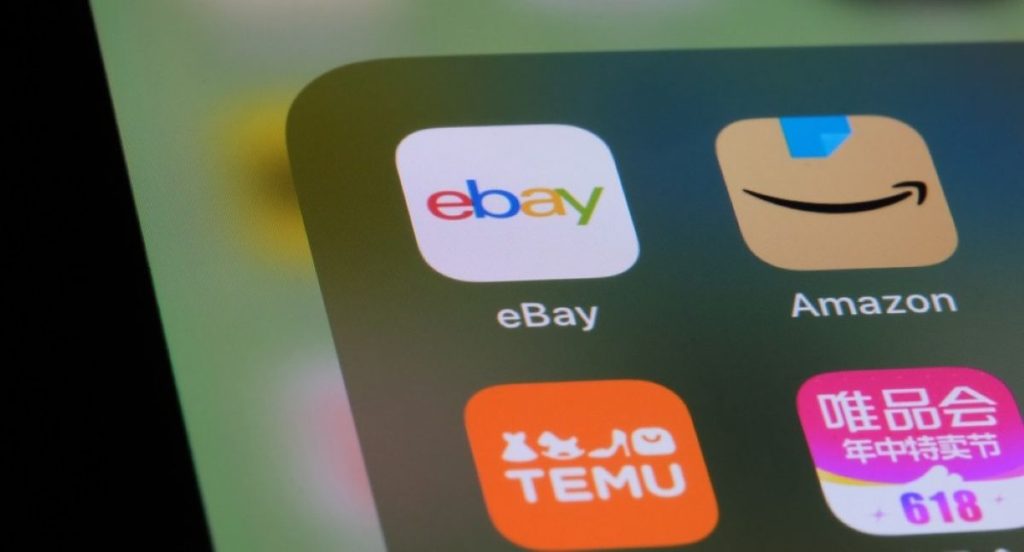
Amazon recommends only accessing your account through the official app or by typing amazon.co.uk directly into your browser.
Don’t rely on email links, no matter how real they look.
Lock It Down with Two-Step Verification
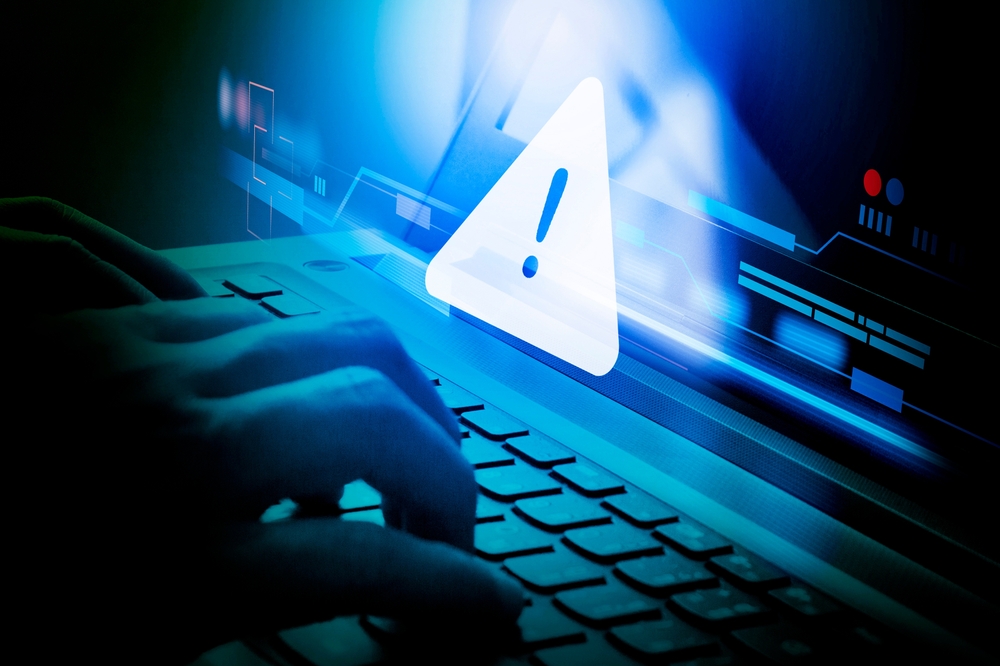
Protect yourself even further by enabling two-step verification on your Amazon account.
It adds an extra layer of security, making it far harder for hackers to get in, even if they steal your password.

